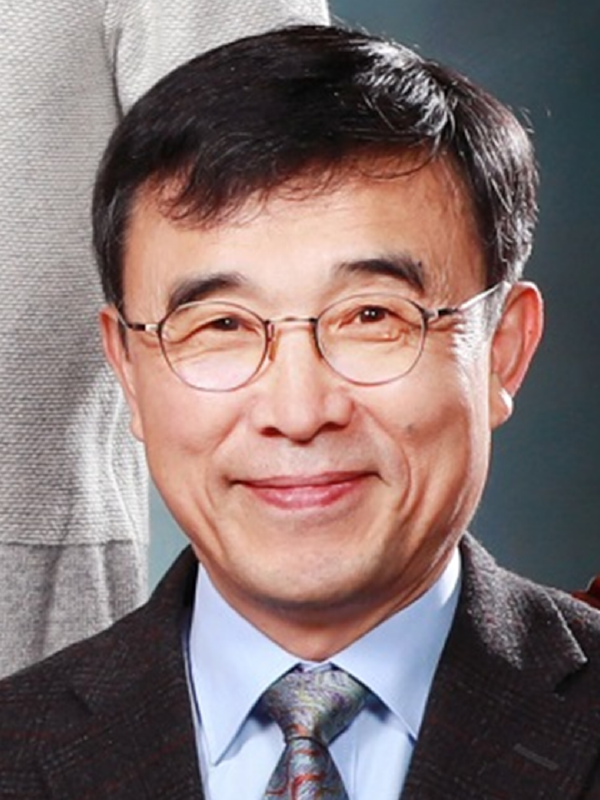SS04 – The Geologic Evolution of NE Asia

|
Thu-02 Jul 2020 | 13:30 – 15:30 | Tower B, Lavender II Moonsup CHOChungbuk National University “Early Paleozoic Linkage of the Korean Peninsula and Proto-Japan Arc with the North China Craton” |
Moonsup CHO#+, Wonseok CHEONG, Yoonsup KI
Chungbuk National University
The early Paleozoic paleogeography of East Gondwanan terranes, including the North China Craton (NCC), is contentious, primarily reflecting the paucity of integrated geochronological, biogeographic, and tectonic data sets. Here we introduce new tectono-stratigraphy of the Korean Peninsula typified by the amalgamation of two contrasting terranes, Gyeonggi Marginal Belt (GMB) and Taebaeksan Basin (TB). The GMB is a fold-and-thrust belt composed of metasedimentary units of Neoproterozoic Sangwon Supergroup and Devonian Imjin Group, and affected by Permian medium-pressure metamorphism. The Sangwon Supergroup is unconformably underlain by the NCC basement rocks and characterized by the predominance of Meso- to Neoproterozoic detrital zircons; the Imjin Group, however, exhibits turbiditic lithologies and detrital zircon populations at ~950 and 450 Ma typical for the Qinling Belt. On the other hand, Cambrian–Ordovician platform sequences of the TB contain trilobites of the NCC affinity. Detrital zircons from the sandstones define three types of U-Pb age distributions characterized by: (1) double peaks at ~1.85 and 2.50 Ga diagnostic of the NCC basement; (2) minor peaks at ~1.75, 1.6, and 1.2–1.1 Ga in addition to double peaks; and finally (3) a scattered array of Meso- to Neoproterozoic zircons lacking double peaks. The marked contrasts among the three types reflect significant changes in provenance, most likely linked to variations in paleo-water depths during the ‘Sauk’ transgression. The majority of age spectra also reveal distinct occurrences of youngest populations whose ages gradually decrease up-section from ~510 to 480 Ma. Together with arc-related bulk rock and Nd isotopic compositions, early Paleozoic zircons likely represent the first-cycle detritus supplied from the proto-Japan arc formed at ~520 Ma. Taken together, early Paleozoic Korean margin of the NCC was affected by juvenile magmatism in the proto-Japan arc, perhaps extending from the Terra Australis orogen in the East Gondwana.
Biography
Moonsup Cho has served for 25 years as a professor at the School of Earth and
Environmental Sciences, Seoul National University, and is currently a consulting
professor at Chungbuk National University, Korea. He was a Visiting Professor at
University of Western Australia (2000), Stanford University, U.S.A. (2010), and
Kyushu University, Japan (2017). He is a currently a Member of the Korean Academy
of Science and Technology, a Fellow of the Geological Society of America, and a
Fellow of the Mineralogical Society of America. He has served as Editorial Board
member for several international journals, including Lithos, Geological Society of
America Bulletin, and Journal of Geological Society, London. He currently serves as
Editorial Board member for Journal of Asian Earth Sciences, Geochemical Journal, and
Journal of Mineralogical and Petrological Sciences.
His research covers a wide spectrum of topics dealing with the geology and tectonics
of various terranes in the Korean Peninsula. In particular, he has contributed to
understanding tectono-metamorphic evolution of the peninsula by introducing the
sensitive high-resolution ion microprobe (SHRIMP) technique to the Korean geological
community. Much of his recent work has focused on detrital zircon geochronology of
the Gyeonggi Marginal Belt, encompassing the Ogcheon Metamorphic Belt and Imjingang
Belt, Korea. The result is the Qinling–Gyeonggi microcontinent model which well
accounts for the correlation among East Asian terranes. Part of this work was recently
published as the Pyeongchang Winter Olympic paper in International Geology Review.